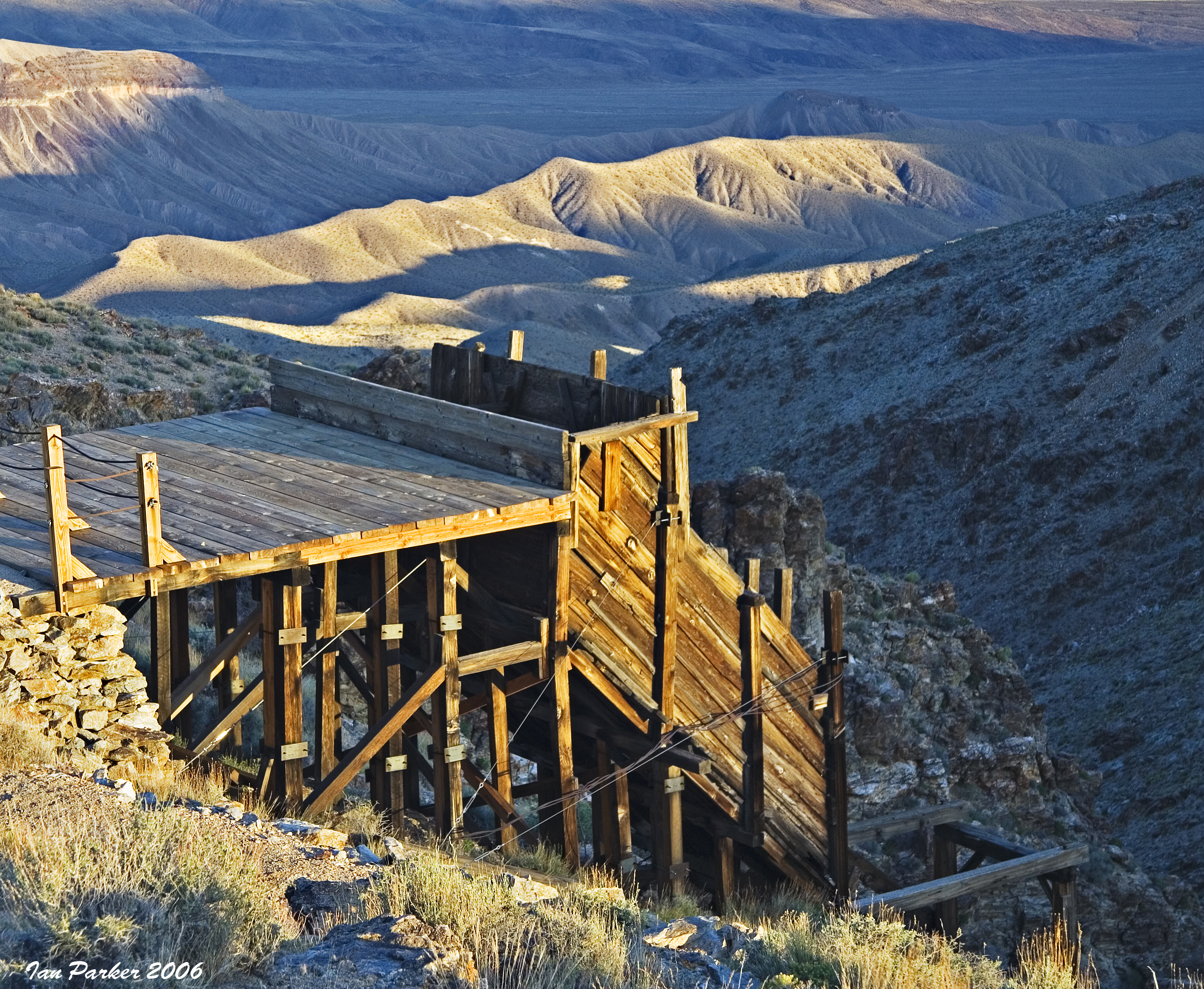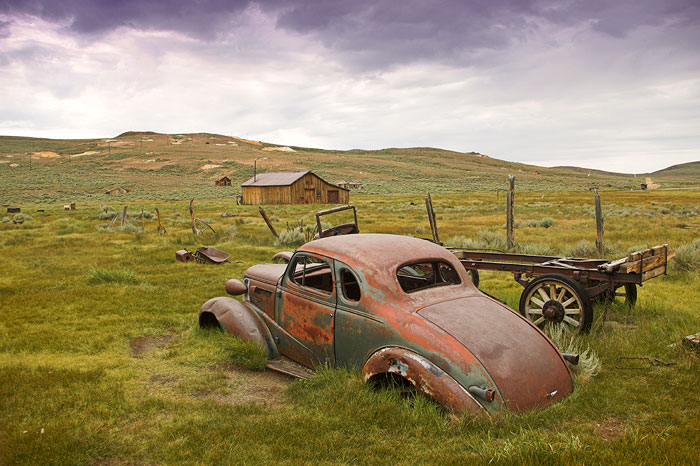
Excerpts from BBC News'
Joining the California Gold Rush by Rajesh Mirchandani:
In America, record prices are fuelling a new Gold Rush - 160 years after thousands descended on California, seeking riches.
"You can pay your bills, if you live meagrely," says John Gurney, who gave up his job six months ago to become a full-time gold prospector. John is standing in a shallow river in Jamestown, California, in the heart of Gold Country: in 1849, the same dream brought hundreds of thousands of people to towns like this.
He is panning for gold: he shovels rocks and dirt from the river bed into a bucket, sifts out the bigger pieces, transfers what's left into a ridged plastic panning bowl, and then, using a light movement back and forth, shakes the bowl, separating the lighter material from the heavier, including gold.
"It's not a lot of money," John says, "but it adds up quite a bit... But you never know - you may hit the jackpot sometime." The original 49ers - as they've become known - used this technique, as well as mining. Fortunes were made - and lost - in the wild towns that sprang up almost overnight along 200 miles of central California, an area they called the Motherlode.
 Places like Jamestown and Coloma - which, in its heyday, nearly became California's state capital - have been mining tourists ever since. But now these ghost towns are stirring again, as more and more amateur prospectors try their luck.
Places like Jamestown and Coloma - which, in its heyday, nearly became California's state capital - have been mining tourists ever since. But now these ghost towns are stirring again, as more and more amateur prospectors try their luck.
Brent Shock wears a huge gold nugget as a ring; with his long leather coat and wild eyes, he has clearly seen a thing or two in his 25 years of gold mining.
He runs gold-panning tours in Jamestown and says it is busier now than he has known it for years.
"You've got a tremendous amount of interest from people now," he tells me, "because gold's at $1,000 an ounce."
Near San Francisco, a city that boomed thanks to the first Gold Rush, Mike Dunn recently opened a shop selling prospecting equipment. You can buy anything from plastic goldpans all the way up to floating dredges at $3,400, with long plastic hoses for sucking up large amounts of material from the river bed. In the studied atmosphere of the What Cheer Saloon in Columbia, Ben the barman wears period costume but serves modern drinks. A sign outside offers sarsparilla (an old type of root beer). All along the main street in fact are shops and signs from a bygone age - Columbia is a living museum to its glittering past.
"It's good for this place because it brings tourism," Pat Narry says. "Tourism has always been gold!"
Bob Beck tells me: "Areas have been milked dry but with the rain and the seasons the gold comes to the surface... so they're praying. At $1,000 an ounce, they're praying!"
Back at the creek in Jamestown a group from the east coast are trying their hand at gold-panning.
Just like in 1849.
 Excerpts from Manson's name left at ghost town building (UPI) from May 22, 2008:
Excerpts from Manson's name left at ghost town building (UPI) from May 22, 2008:



